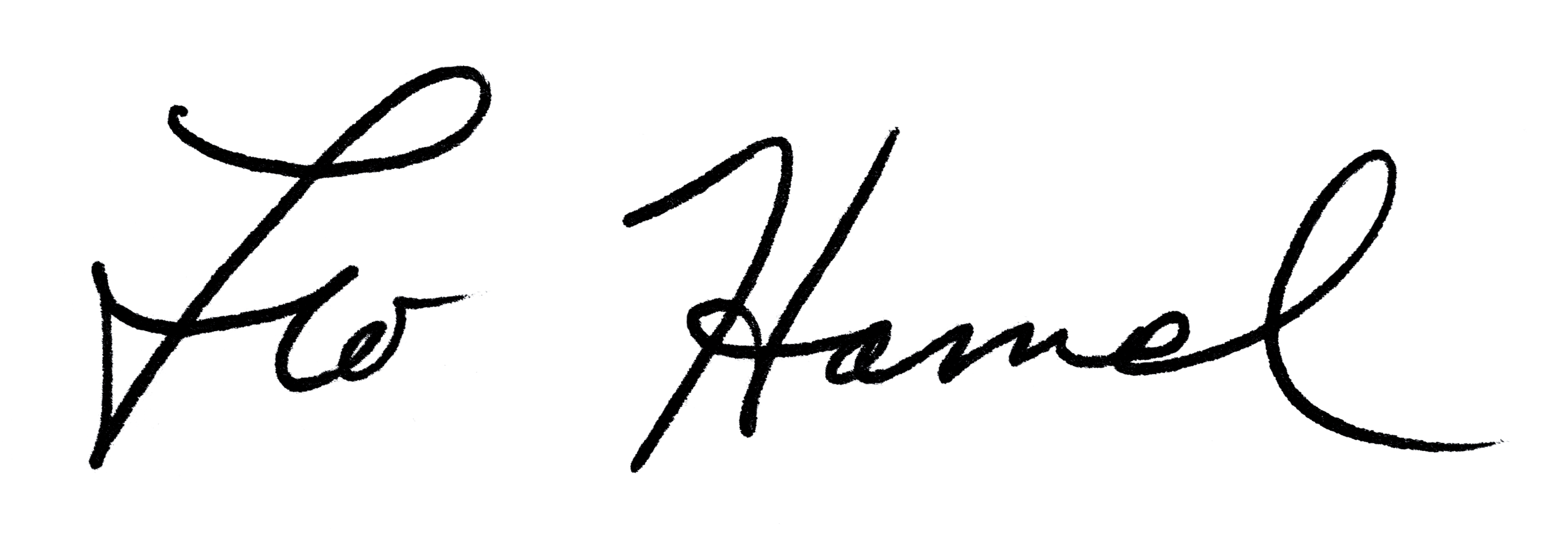
Leo Hamel Fine Jewelers Policy Letter
Adjusted Cost Definition
Adjusted cost can mean several things depending on how it is used.
-
“The amount the item could be sold to another dealer for.”
“Adjusted cost is also “The amount we would have to pay another dealer to buy this item. It is the wholesale market value whether we are buying or selling.”
“When used in inventory it can also mean, “Our cost plus any shipping or repair costs which make our real costs higher”.
We advertise in the paper that we buy individual’s used watches, jewelry or any precious metals. These are considered “off street buys.” They come in and sell these items to our estate buyer. Then the estate buyer takes these items and sells them to our Retail side or sells them to another dealer. Whatever the estate buyer could sell this item to another dealer for becomes the adjusted cost. Let’s say it is purchased for $500 but can be sold for $1000. The $1000 is the adjusted cost.
-
Wholesale (Div 4) intentionally buys these items below the wholesale market so they may then sell them at a wholesale price (adjusted cost). If you have a diamond which you can buy from a vendor/wholesaler for $1,000, you would need to get that diamond off of the street for less than $1,000 to make any money off of it.
If you bought this diamond off of the street for $700, that would be your true cost, $700. But if that diamond was really worth $1,000 on a wholesale market, that is now your “adjusted cost.”
It is the wholesale market value.
This mainly comes into play when we take the items that estate buys and then we sell it on the Retail side. The true cost is $700, but for pricing purposes and the mark up of what we are going retail it for, we price everything as if we paid $1,000 for it. It’s the “adjusted” cost; if the item had to be replaced we would have to pay $1000.
On some items, the adjusted cost is not easily determined. In this case, then two (or more) of the following can put their heads together and decide on it: the inventory manager, the estate buyer, the sales manager or even the president.
-
When the retail side buys a watch, whether new or pre-owned, there may be additional costs incurred. When we buy a watch from say IWC, there is the cost of the watch and then there is a shipping charge we must pay. This shipping charge is added to the cost and this new amount is the adjusted cost.
If we buy a watch from the estate buyer we may have to make repairs to the watch to make it saleable. These repair costs, added to the price we paid, becomes the adjusted cost.
In this #3 usage of adjusted cost, it does not always mean the wholesale value as most likely we cannot sell it wholesale at this price. On pre-owned watches and jewelry every attempt must be made by inventory to purchase the piece such that even with repairs and shipping the piece can be sold wholesale at a profit. This way our inventory remains liquid if need be. On new watches this is not always possible.
This adjusted cost comes into play in other ways as well. When the estate buyer tries to buy well below adjusted price as the difference between original cost and adjusted cost is the amount he or she is paid commission on, that is the dollars that are saved the company. When retail sells this item they are paid on the amount between adjusted cost and the amount the piece was sold at retail. Both the estate buyer and the sales person are only paid on the profit amount they were responsible for making.
If we do end up wholesaling a piece having the adjusted costs keeps us from selling at a price lower than our actual costs and selling lower than the current wholesale value.
